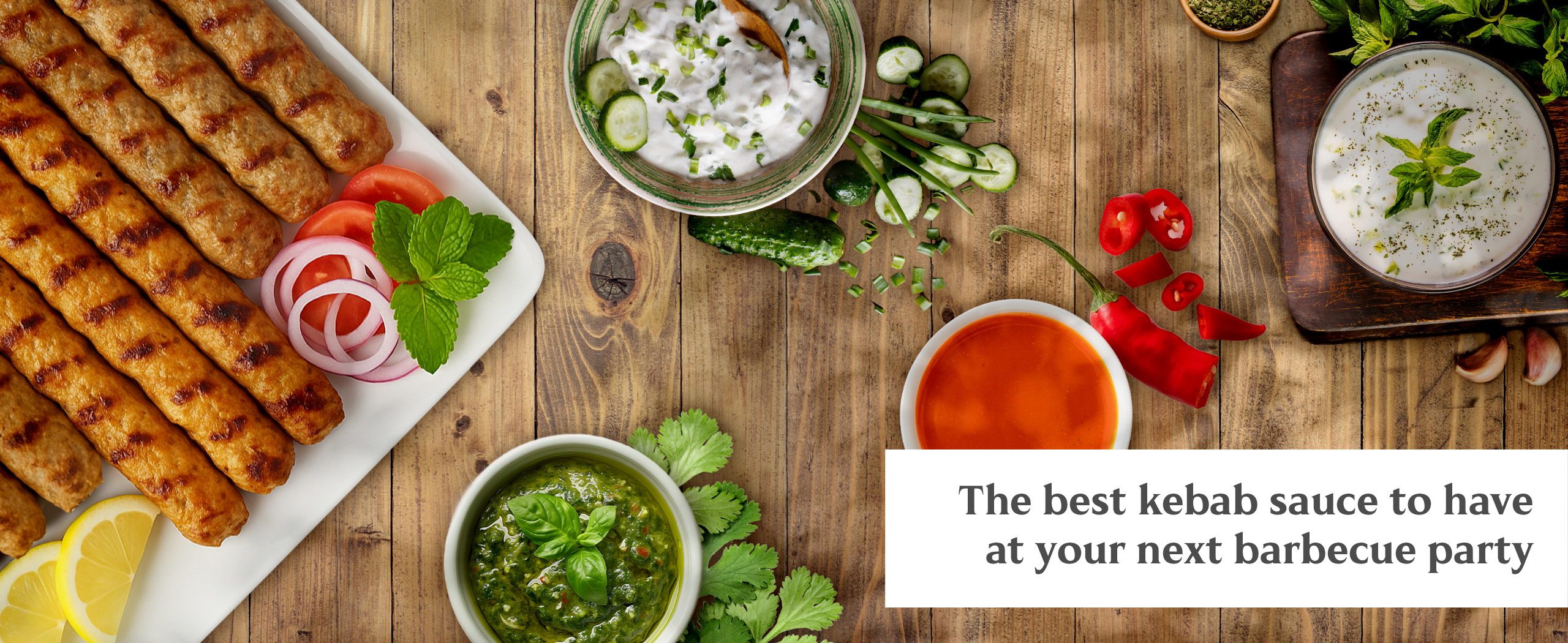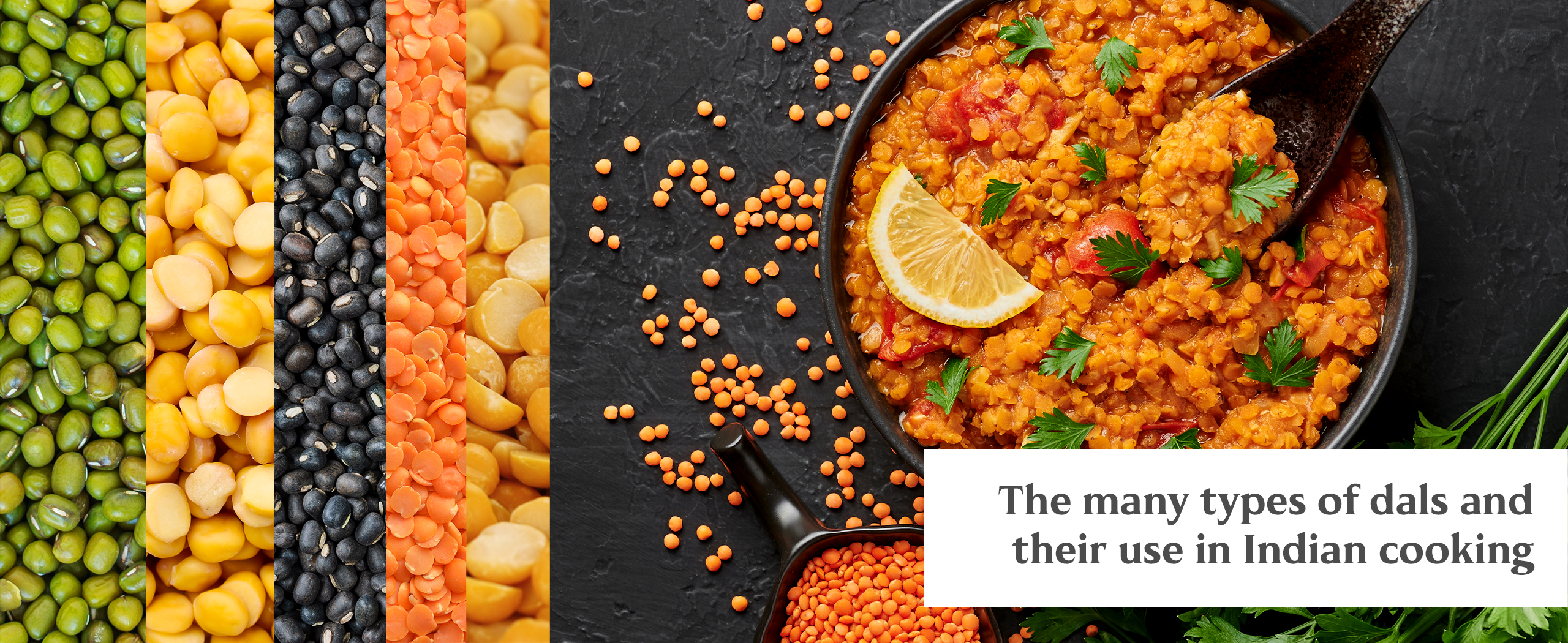Food is undoubtedly one of the most important things in our lives. It is important for our physical well-being and nourishes our psychological health. A positive relationship with food is vital to our wellness. And of course, whatever we eat should also appeal to our taste buds. This is why spices are so important in the world of Oriental cuisines. Spices enhance the flavors of ingredients and lend cultural foods their iconic taste.
Do you know how ancient the history of spices is?
Spices have existed in the world for a very long time. Many civilizations have shared the flavorful history of spices with the earliest recorded mentions going as far back as 1550 BCE. Ancient Egyptian, Indian, and Chinese texts highlight the cultural importance of spices and tell us they were used for food, preservation, medicinal remedies, religious and traditional rituals, and more.
With that said, the spice trade had developed as early as 2000 BCE when cinnamon and black pepper from Ceylon, China, and India made their way to the Middle East. The Egyptians’ deep-rooted appreciation for exotic varieties boosted the spice trade during the BCE, and Alexandria became a central port city. In Europe, spices arrived as early as 6 BCE and by the Middle Ages, they were the most in-demand and expensive products, craved by the European elites.
The Spice Routes, sea routes that linked the East to the West, were the earliest trade routes that came to span an astonishing 9,000+ miles from the west coast of Japan to Europe, via the Indonesian islands, India, the Middle East, and the Mediterranean Sea. Asia, in particular, was a very popular pit stop for explorers looking for spices, mainly because of how many different kinds were found on the continent.
Your holy grail of essential desi spices
When it comes to desi spices, you can rest assured your tastebuds will have a time of their life. Contrary to popular belief, we don’t just use red chili pepper. There is a variety of spices that are vital to the essence of desi food. Here, we take a look at some of the most popular Indian spices that are a must in your pantry when you venture into desi cooking.
Coriander powder (Dhania)
Coriander seeds, also known as Dhania, are cilantro seeds with a citrusy aroma and deep woody notes. The most common way to use is to toast them lightly until they let off their fragrance, and then grind them into a fine powder. Coriander powder is used in many Indian curries and sauces such as vindaloo and raita. Albeit less common, some dishes also call for the coriander seeds to be used whole.
Cumin powder (Zeera)
Cumin is also known as Zeera or Jira in the Indian subcontinent, depending on the region. It is a seed from the parsley family of plants with an earthy and warming aroma. Cumin adds a delicious kick to vegetarian dishes bringing out the sweetness of root vegetables, like carrots, potatoes, and beets. It is customary to toast it until aromatic and ground into a powder, but some lentil & legume-based recipes also use it whole.
Turmeric powder (Haldi)
Hailing from the ginger family, Turmeric is a flowering plant native to the Indian subcontinent and Southeast Asia. The spice comes from the rhizomes or rootstalk of this plant which are usually collected, boiled, dried, and ground into a fine powder. Turmeric powder or haldi, is a bright yellow spice with a warm, black pepper-like taste and an earthy aroma like mustard. It is used in almost every other curry recipe to impart color and flavor.
Chili powder (Lal mirch)
Although red chili powder is an integral part of desi food, it was not until the 1400s that the Portuguese introduced India to this hot spice. The chili powder can range from mild to spicy depending on the selection of the peppers that are dried before being ground into a powder. The most common is the Kashmiri Lal Mirch which is milder and adds a beautiful color to the food. However, more spicy varieties also exist. These are stronger and not for everyone. For instance, the Tez Lal Mirch (Cayenne pepper), and the South Indian Guntur chili.
Garam masala
Garam masala translates into ‘hot spice mix’ and is called so for the warm tones it adds to food. It is not a singular spice but rather a mix that is elite in its own right. As the king of desi cooking, this spice mix is used in daals, curries and stews, and even biryani and marinades for barbecue. It is usually a mix of the following dry spices, however, the mix varies from one region to another.
- Black peppercorns
- Black & green cardamom
- Nutmeg
- Star anise
- Cinnamon
- Cloves
- Cumin
- Coriander
Other Indian spices you need to know about
Further to the desi spices essential for your pantry, here are some others that are almost as important to desi cooking:
- Mustard seeds (Rai): This tiny seed comes in brown, yellowish white, or black and imparts a sour and nutty taste to many Indian curries. It is usually used for ‘tarka’, a traditional seasoning prepared by frying the seeds in hot oil to fully capture their essence.
- Cardamom (Elaichi): One of the most expensive spices in the world, cardamom is known for its cooling effect and intense aroma. Its complex flavors complement both savory and sweet dishes and also the traditional chai. Its black and bigger version (Bari Elaichi) has a bold smoky taste and is used for more depth of flavor in Indian curries and biryani.
- Dried fenugreek leaves (Kasuri methi): A spice with a slightly bitter and earthy flavor that is used to top various curries such as Butter Chicken. It is strong, so use it sparingly.
- Cinnamon (Darchini): The true cinnamon is from Ceylon (nowadays’ Sri Lanka), and has a subtle, floral aroma and sweet, smoky taste. Cinnamon from Cassia bark which is the most common in the West has a stronger flavor that is woody and can also be bitter. In desi cooking, it’s one of the key ingredients in garam masala, and rice-based dishes. So, if you’re cooking biryani, place a couple of sticks in the oil and let it lend its uniqueness to the dish. Cinnamon is also used in masala chai.
- Curry Leaves (Kari patta): A staple of Indian cooking, curry leaves have a citrusy tang and are used in many curries. They can be added to food fresh or dried and used as part of a seasoning or spice mix.
Add flavor to your food with these desi spice favorites!
Salt and pepper are great despite being simple spices, but if you are a little adventurous and enjoy flavorful food, they may be a little basic. So if you plan to cook with a flair, take this as a sign!
Of course, if you are completely new to Indian cooking techniques and flavors, these spices can feel a little overwhelming. Fortunately, however, there is no need for trial and error. Plenty of traditional recipes are available on YouTube to guide beginners through recipes step-by-step, so you can create the best thing on your own.
However, if you are not quite ready to venture into desi cooking, there is no reason why you shouldn’t enjoy the original flavors of South Asian cultural delicacies with maximum convenience. Give yourself time to figure out what you like the best – until you are ready to recreate it in your kitchen.



